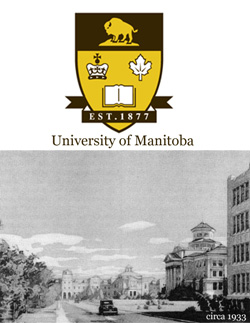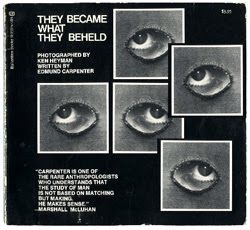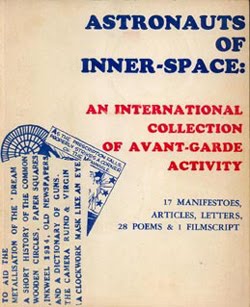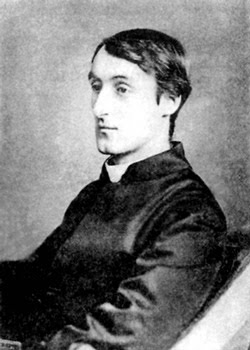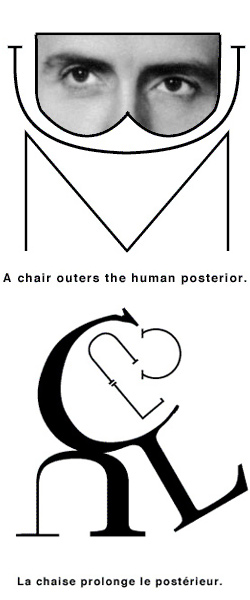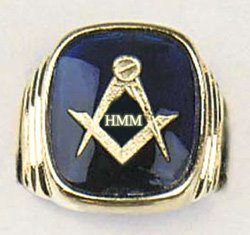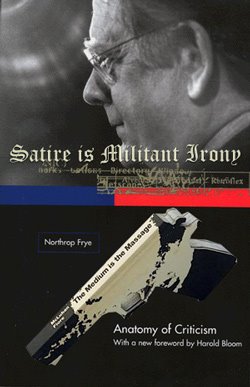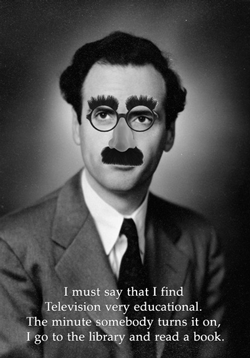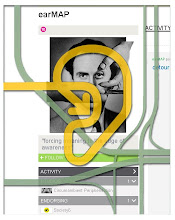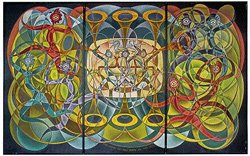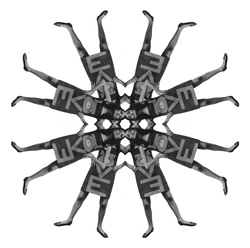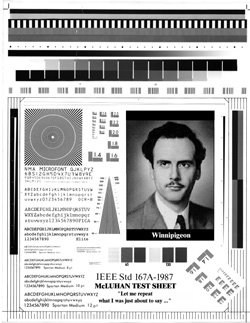
The Greek myth of Narcissus is directly concerned with a fact of human experience, as the word Narcissus indicates. It is from the Greek word narcosis, or numbness. The youth Narcissus mistook his own reflection in the water for another person. This extension of himself by mirror numbed his perceptions until he became the servomechanism of his own extended or repeated image. The nymph Echo tried to win his love with fragments of his own speech, but in vain. He was numb. He had adapted to his extension of himself and had become a closed system.
Now the point of this myth is the fact that men at once become fascinated by any extension of themselves in any material other than themselves. There have been cynics who insisted that men fall deepest in love with women who give them back their own image. Be that as it may, the wisdom of the Narcissus myth does not convey any idea that Narcissus fell in love with anything he regarded as himself. Obviously he would have had very different feelings about the image had he known it was an extension or repetition of himself. It is, perhaps, indicative of the bias of our intensely technological and, therefore, narcotic culture that we have long interpreted the Narcissus story to mean that he fell in love with himself, that he imagined the reflection to be Narcissus!
Physiologically there are abundant reasons for an extension of ourselves involving us in a state of numbness. Medical researchers like Hans Selye and Adolphe Jonas hold that all extensions of ourselves, in sickness or in health, are attempts to maintain equilibrium. Any extension of ourselves they regard as "autoamputation," and they find that the autoamputative power or strategy is resorted to by the body when the perceptual power cannot locate or avoid the cause of irritation. Our language has many expressions that indicate this self- amputation that is imposed by various pressures. We speak of "wanting to jump out of my skin" or of "going out of my mind," being "driven batty" or "flipping my lid." And we often create artificial situations that rival the irritations and stresses of real life under controlled conditions of sport and play.
While it was no part of the intention of Jonas and Selye to provide an explanation of human invention and technology, they have given us a theory of disease (discomfort) that goes far to explain why man is impelled to extend various parts of his body by a kind of autoamputation. In the physical stress of superstimulation of various kinds, the central nervous system acts to protect itself by a strategy of amputation or isolation of the offending organ, sense, or function. Thus, the stimulus to new invention is the stress of acceleration of pace and increase of load. For example, in the case of the wheel as an extension of the foot, the pressure of new burdens resulting from the acceleration of exchange by written and monetary media was the immediate occasion of the extension or "amputation" of this function from our bodies. The wheel as a counter- irritant to increased burdens, in turn, brings about a new intensity of action by its amplification of a separate or isolated function (the feet in rotation). Such amplification is bearable by the nervous system only through numb ness or blocking of perception. This is the sense of the Narcissus myth. The young man's image is a self-amputation or extension induced by irritating pressures. As counter-irritant, the image produces a generalized numbness or shock that declines recognition. Self-amputation forbids self-recognition.
The principle of self-amputation as an immediate relief of strain on the central nervous system applies very readily to the origin of the media of communication from speech to computer.
Physiologically, the central nervous system, that electric net work that coordinates the various media of our senses, plays the chief role. Whatever threatens its function must be contained, localized, or cut off, even to the total removal of the offending organ. The function of the body, as a group of sustaining and protective organs for the central nervous system; is to act as buffers against sudden variations of stimulus in the physical and social environment. Sudden social failure or shame is a shock that some may "take to heart" or that may cause muscular disturbance in general, signaling for the person to withdraw from the threatening situation.

Therapy, whether physical or social, is a counter-irritant that aids in that equilibrium of the physical organs which protect the central nervous system. Whereas pleasure is a counter-irritant (e.g., sports, entertainment, and alcohol), comfort is the removal of irritants. Both pleasure and comfort are strategies of equilibriurn for the central nervous system.
With the arrival of electric technology, man extended, or set outside himself, a live model of the central nervous system itself. To the degree that this is so, it is a development that suggests a desperate and suicidal autoamputation, as if the central nervous system could no longer depend on the physical organs to be protective buffers against the slings and arrows of outrageous mechanism. It could well be that the successive mechanizations of the various physical organs since the invention of printing have made too violent and superstimulated a social experience for the central nervous system to endure.
In relation to that only too plausible cause of such development, we can return to the Narcissus theme. For if Narcissus is numbed by his self-amputated image, there is a very good reason for the numbness. There is a close parallel of response between the patterns of physical and psychic trauma or shock. A person suddenly deprived of loved ones and a person who drops a few feet unexpectedly will both register shock. Both the loss of family and a physical fall are extreme instances of amputations of the self. Shock induces a generalized numbness or an increased threshold to all types of perception. The victim seems immune to pain or sense.
Battle shock created by violent noise has been adapted for dental use in the device known as audiac. The patient puts on headphones and turns a dial raising the noise level to the point that he feels no pain from the drill. The selection of a single sense for intense stimulus, or of a single extended, isolated, or "amputated" sense in technology, is in part the reason for the numbing effect that technology as such has on its makers and users. For the central nervous system rallies a response of general numbness to the challenge of specialized irritation.
The person who falls suddenly experiences immunity to all pain or sensory stimuli because the central nervous system has to be protected from any intense thrust of sensation. Only gradually does he regain normal sensitivity to sights and sounds, at which time he may begin to tremble and perspire and to react as he would have done if the central nervous system had been prepared in advance for the fall that occurred unexpectedly.
Depending on which sense or faculty is extended technologically, or "autoamputated," the "closure" or equilibrium-seeking among the other senses is fairly predictable. It is with the senses as it is with color. Sensation is always 100 per cent, and a color is always 100 per cent color. But the ratio among the components in the sensation or the color can differ infinitely. Yet if sound, for example, is intensified, touch and taste and sight are affected at once. The effect of radio on literate or visual man was to reawaken his tribal memories, and the effect of sound added to motion pictures was to diminish the role of mime, tactility, and kinesthesis. Similarly, when nomadic man turned to sedentary and specialist ways, the senses specialized too. The development of writing and the visual organization of life made possible the discovery of individualism, introspection and so on.
Any invention or technology is an extension or self-amputation of our physical bodies, and such extension also demands new ratios or new equilibriums among the other organs and extensions of the body. There is, for example, no way of refusing to comply with the new sense ratios or sense "closure" evoked by the TV image. But the effect of the entry of the TV image will vary from culture to culture in accordance with the existing sense ratios in each culture. In audile-tactile Europe TV has intensified the visual sense, spurring them toward American styles of packaging and dressing. In America, the intensely visual culture, TV has opened the doors of audile-tactile perception to the nonvisual world of spoken languages and food and the plastic arts. As an extension and expediter of the sense life, any medium at once affects the entire field of the senses, as the Psalmist explained long ago in the 115th Psalm:
Their idols are silver and gold,
The work of men's hands.
They have mouths, but they speak not;
Eyes they have, but they see not;
They have ears, but they hear not;
Noses have they, but they smell not;
They have hands, but they handle not;
Feet have they, but they walk not;
Neither speak they through their throat.
They that make them shall be like unto them;
Yea, every one that trusteth in them.
The concept of "idol" for the Hebrew Psalmist is much like that of Narcissus for the Greek mythmaker. And the Psalmist insists that the beholding of idols, or the use of technology, conforms men to them. "They that make them shall be like unto them." This is a simple fact of sense "closure." The poet Blake developed the Psalmist's ideas into an entire theory of communication and social change, It is in his long poem of Jerusalem that he explains why men have become what they have beheld.
What they have, says Blake, is "the spectre of the Reasoning Power in Man" that has become fragmented and "separated from Imagination and enclosing itself as in steel." Blake, in a word, sees man as fragmented by his technologies. But he insists that these technologies are self-amputations of our own organs. When so amputated, each organ becomes a closed system of great new intensity that hurls man into "martyrdoms and wars." Moreover, Blake announces as his theme in Jerusalem the organs of perception:
If Perceptive Organs vary, Objects of Perception seem to vary:
If Perceptive Organs close, their Objects seem to close also.
To behold, use or perceive any extension of ourselves in technological form is necessarily to embrace it. To listen to radio or to read the printed page is to accept these extensions of ourselves into our personal system and to undergo the "closure" or displacement of perception that follows automatically. It is this continuous embrace of our own technology in daily use that puts us in the Narcissus role of subliminal awareness and numbness in relation to these images of ourselves. By continuously embracing technologies, we relate ourselves to them as servomechanisms. That is why we must, to use them at all, serve these objects, these extensions of ourselves, as gods or minor religions. An Indian is the servo- mechanism of his canoe, as the cowboy of his horse or the executive of his clock.
Physiologically, man in the normal use of technology (or his variously extended body) is perpetually modified by it and in turn finds ever new ways of modifying his technology. Man becomes, as it were, the sex organs of the machine world, as the bee of the plant world, enabling it to fecundate and to evolve ever new forms. The machine world reciprocates man's love by expediting his wishes and desires, namely, in providing him with wealth. One of the merits of motivation research has been the revelation of man's sex relation to the motorcar.
Socially, it is the accumulation of group pressures and irritations that prompt invention and innovation as counter-irritants.
War and the fear of war have always been considered the main incentives to technological extension of our bodies. Indeed, Lewis Mumford, in his The City in History, considers the walled city itself an extension of our skins, as much as housing and clothing. More even than the preparation for war, the aftermath of invasion is a rich technological period; because the subject culture has to adjust all its sense ratios to accommodate the impact of the invading culture. It is from such intensive hybrid exchange and strife of ideas and forms that the greatest social energies are released, and from which arise the greatest technologies. Buckminster Fuller estimates that since 1910 the governments of the world have spent 3 I/2 trillion dollars on airplanes. That is 62 times the existing gold supply of the world.
The principle of numbness comes into play with electric technology, as with any other. We have to numb our central nervous system when it is extended and exposed, or we will die. Thus the age of anxiety and of electric media is also the age of the unconscious and of apathy. But it is strikingly the age of consciousness of the unconscious, in addition. With our central nervous system strategically numbed, the tasks of conscious aware ness and order are transferred to the physical life of man, so that for the first time he has become aware of technology as an extension of his physical body. Apparently this could not have happened before the electric age gave us the means of instant, total field-awareness. With such awareness, the subliminal life, private and social, has been hoicked up into full view, with the result that we have "social consciousness" presented to us as a cause of guilt-feelings. Existentialism offers a philosophy of structures, rather than categories, and of total social involvement instead of the bourgeois spirit of individual separateness or points of view. In the electric age we wear all mankind as our skin.














![et cetera : LOVE [1977]](https://blogger.googleusercontent.com/img/b/R29vZ2xl/AVvXsEgQ8s7vwLQuzHDNgqlfBacxRkEbOErToak9kmgFl0VmyIYEqS9qIzNIVcXKpzTncPhqo3TSgOyztAguIW6OlXw65aFHmpx6cRzmvCUQQMTwUGUOd0iE0GbJakEc3g3kBAJrvlZP4z3eesg/s1600/etc1977.jpg)









![MAC LUHAN [sic] : LOST IN TRANSLATION](https://blogger.googleusercontent.com/img/b/R29vZ2xl/AVvXsEg92tMqBMDA917NDivsS2ZwIirx9KTf24tOCgFFnK65p7Hw5dvqEh1e2aefCynj2UW8u-k8zwBXbjgypsCXUcv-5G7ZCsyDB13giHEjmhVISAeW-oI_JV6ePOXW_XBDPwy2nREAoqRU7Z8/s1600/MAC.jpg)






















![Les Yeux De Nadja [unpublished]](https://blogger.googleusercontent.com/img/b/R29vZ2xl/AVvXsEgrXohpIuxxYyjKoqBSQf3TpYGjnttZnjRFvmMdshadfnVKi7PMAjIqEuqYctZFXOFH2n-oH75oJx-YkaON7xvaZgVdvaK0zfSOurEmCKqmWF6qXh2F3VbqyixfGhvY4qH6LENMTs1wCIw/s1600/2xsurreal.jpg)
















![PIED PIPERS [MARSH] ALL](https://blogger.googleusercontent.com/img/b/R29vZ2xl/AVvXsEhqvGIGG9lWZYhFZRVc_V8EJG2apQBsys4kNQOQsA0EV6H6Tg-SMN0sX15NXy_GzsF3xAUdcb2QlfvJk-RU-Rha-3Eu5Mnglkf5KLe6pccVqAP4VR_Gi4fGQ716QSmDe3Zna5Uwct5d2sw/s1600/piedPiperMarshALL270.png)






























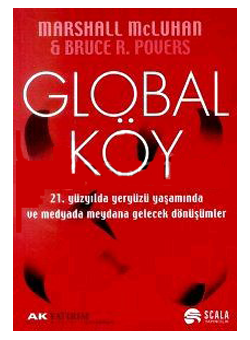




























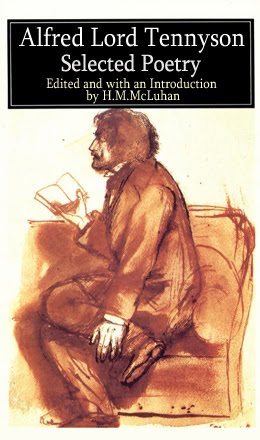

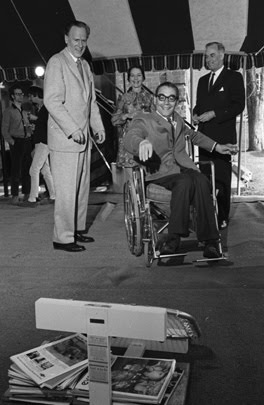




![PICNIC IN SPACE : The Great Minds of Our Time Film Series [1973]](https://blogger.googleusercontent.com/img/b/R29vZ2xl/AVvXsEjyov75DRIUBWcYLkzPYmupFy8CQ9dQ4Q798zDIN6jPNsSdBB_WuOcvPl4WjMAz10csG071oCO3BCUtIcKyHoIkCN0lCy0OxGCV_HrLXrGNKRpUiKMrqzkJh4LSc7jT_KrrqmClapSlVa8/s1600-r/PicnicInSpace.jpg)


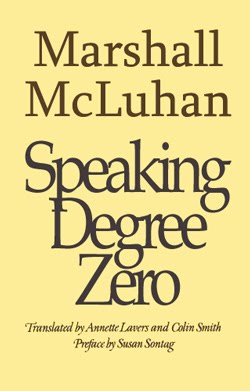






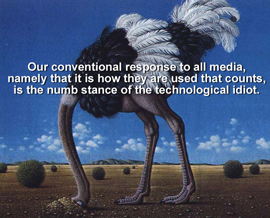


















![more Hidden ground [re:Bride] : the "flippancy" of tone seemed just "right"](https://blogger.googleusercontent.com/img/b/R29vZ2xl/AVvXsEg-hQyF9KGGhKYc73nUGmV1bStJ4fTJVh0-TL1ZtikLZEv5ppjhB3DOhFcVuzGq-kByrwtTAWgCcE173pA3UTIPe7h6xJjsPt7lRvNym007ZsdXenMDLNimKcwtaTOqkGleoxmXOeCKtxXL/s1600-r/LEAVISLEWIS.png)
















![BABA WAWA [TODAY SHOW, Toronto City Hall 1970]](https://blogger.googleusercontent.com/img/b/R29vZ2xl/AVvXsEjTZAIFkA07K36WGk951vmZnLPU99fOdNzlvVhyphenhyphenhKZEKu2n2AW5EA1CDZGaTk0aYRXUv7IOXG39igaikoE6SWm8j7QIG96wYRE54oBXwvlaNCJzp15vdkrcqR97IMMny-8sHjM-VDotTOaY/s1600-r/babaWawa.jpg)

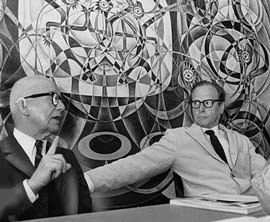

![enter the dragon : "typhon in america" [unpublished]](https://blogger.googleusercontent.com/img/b/R29vZ2xl/AVvXsEjdCnZdJ6JbaLc6hyUmUJo5UJ0m8WZSj_afYU9oRlHKIUgAIfcy2EPHNAptSRYEAmpOf0Xaa0B8iMgOTF302lY0Xmbyne0hvrdRyNo-t0Q-PPdzqX39uI3T5x5FppRPaQf9sSaXytrOpWVN/s1600-r/TIA.jpg)




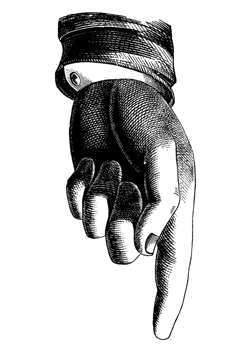






















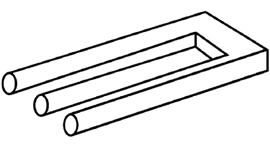









![Take Today [1972] : "the consumer becomes a producer..."](https://blogger.googleusercontent.com/img/b/R29vZ2xl/AVvXsEhA53bdVdTaXdQo1fDmrsI8oiAwF-3jampcanOq8uk3QMh8_ImkNsTiKd4-RnZY8Vbwqh1fymJiyCl1CSLcSonXHQM6XbnJYQi_Vu89gbAV4jVq73EtlbM3w6CthyphenhyphenV_pHEjE6eu_VhC489u/s1600-r/PROSUMER.jpg)








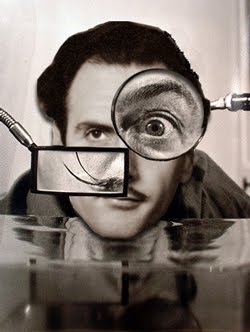















































































![" Outtragedy of poetscalds!, Acomedy of letters " [ FW 425.24]](https://blogger.googleusercontent.com/img/b/R29vZ2xl/AVvXsEhJMrJLN3oPUb25A2tjQtWZcZxA4wZB0IOvaIAvxosAUqlFc258HHvzvlnHHvKhKq7hG3epo76izY2Bu0HC3Cy-8S46Rf0Wni3L8j8jEfpT7sXK3UFlXBMtN2v2JdrmdxvWk8VWKjkhN4-9/s1600-r/preplexLP.png)











![mars[HAL]9000 : " Tomorrow is our permanent address."](https://blogger.googleusercontent.com/img/b/R29vZ2xl/AVvXsEhmblupqmUiuV3GbyayJiDRGEO63TEgwjHi-i8b0kVYDvXrKFWTCyl-e21la4QJXC4nDFDzx51Omi6fYPLJcqRHFoP6zSsL0CVZF98eMf6mxCE2WDfvMmT4q9G3X45-P0IYGDmliE0fCR3C/s1600-r/marsHAL9000_250.jpg)












































































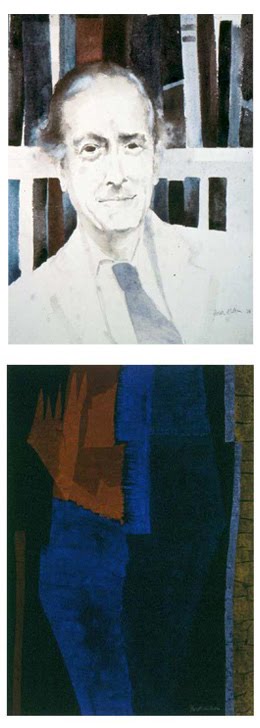















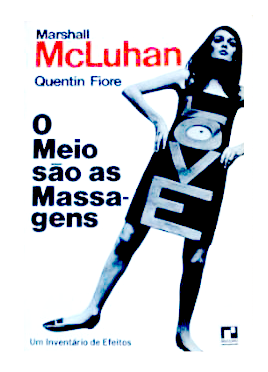





































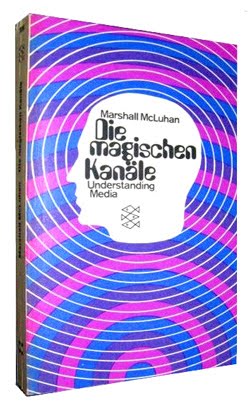
























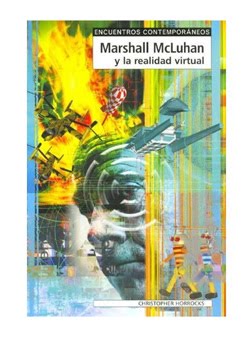




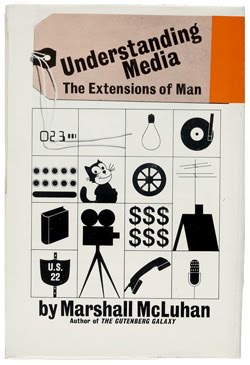





























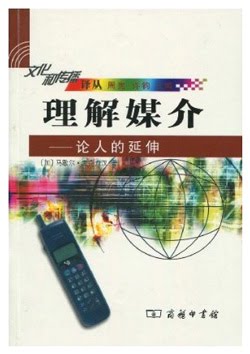




















![Lucifer [from Latin] <br>meaning "light-bearer"](https://blogger.googleusercontent.com/img/b/R29vZ2xl/AVvXsEhq-2kZZOfh-Syv1Ewa0Ns2O6ZeP59pcsJp9ihhKcXCaovYZO_cKxffC5iSKOXFHr6E1jiHc6zedt1U6I95831RgpVdm3qk8-9C3y1yPyrCiQe4jgx-DsbeHnjKnw9t6Qx3ZM5TSYxiPj5H/s1600-r/lucifer.png)


